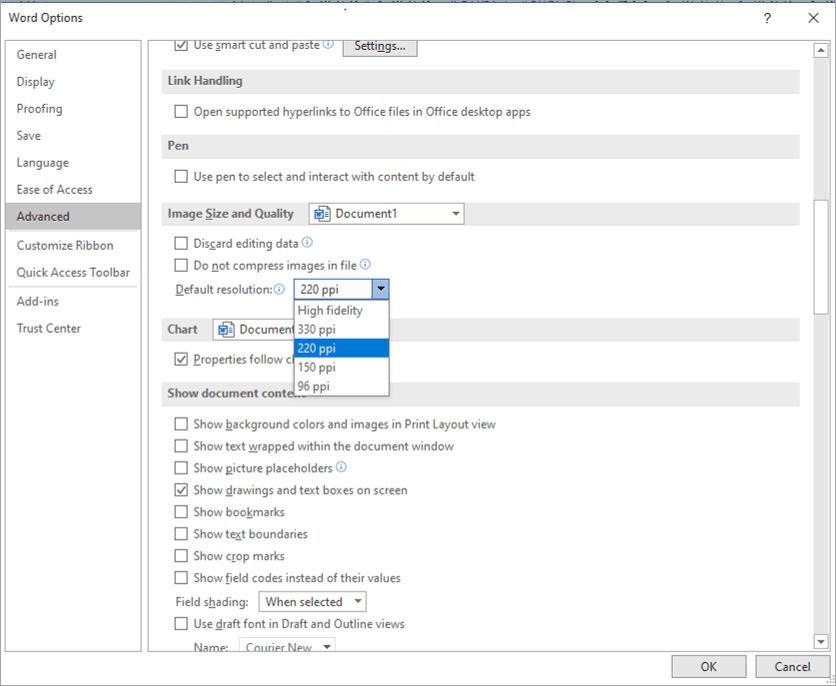

- HOW TO COMPRESS PICTURES IN WORD 2008 MAC PDF
- HOW TO COMPRESS PICTURES IN WORD 2008 MAC DRIVER
- HOW TO COMPRESS PICTURES IN WORD 2008 MAC DOWNLOAD
- HOW TO COMPRESS PICTURES IN WORD 2008 MAC WINDOWS
HOW TO COMPRESS PICTURES IN WORD 2008 MAC DOWNLOAD
Method 2Method 2 of 3:Compressing Images on Mac Download Article. In the new window, select the Save As tab on the left side and then click on the Browse icon. To compress images in PowerPoint, follow the below process - Step 1 - Select the Image and Choose to Compress. To insert an image that takes up less space, follow these steps: Click "Insert' on your toolbar. However, the smaller your image size, the less detailed it will become.
HOW TO COMPRESS PICTURES IN WORD 2008 MAC PDF
Follow these easy steps to compress a large PDF file online: Click the Select a file button above or drag and drop files into the drop zone.
HOW TO COMPRESS PICTURES IN WORD 2008 MAC WINDOWS
If you paste the image instead of inserting it, Word may convert the image to a bitmap version that is not the greatest for some purposes.So, let's check out the best method to compress images in Microsoft Powerpoint on Windows in 2020. This results in the highest resolution (provided your images are higher resolution than 220 dpi), but it also results in the largest document file sizes.įinally, whatever format you decide upon for your graphics, you'll want to use the Picture tool on the Insert tab of the ribbon to actually insert the image into your document. When set, this causes Word to ignore whatever you have specified in the Default Resolution control and, instead, include any pasted images at their original resolution. If 220 dpi is not sufficiently high-res for your needs, then you should (in step 4) click the Do Not Compress Images check box. When you perform these steps, Word converts any high-resolution images to the resolution you specified in step 4.

HOW TO COMPRESS PICTURES IN WORD 2008 MAC DRIVER
If you are using a different type of printer-one that doesn't understand PostScript-or if you are using a non-PostScript printer driver with a PostScript printer, then what you see will be what you see on the screen-the low-resolution preview image for the EPS. If you are using a PostScript printer (and the correct printer driver), then the EPS graphic will be printed correctly because PostScript is able to decode the EPS files correctly. When you use Word to print the EPS file, what you see on the printout depends on the type of printer you are using.

This preview is generated by the program that created the EPS file and it is typically at a low resolution, such as 72 dpi. Most programs, including Word, do not decode the math to the screen, but instead rely upon a low-resolution "preview" of the image. EPS is a vector format, meaning that a graphic file consists of many separate "objects" that are mathematically defined. First of all, you may want to strongly consider not using EPS for your high-resolution graphics that will end up in a Word document. Nina wonders what the best way is to embed a high-resolution graphic in her letterhead so that it appears with the crispness and clarity she expects. The resulting graphic looks terrible in Word the text in graphic format doesn't appear as crisp or sharp as the original text version of the address. Word automatically fits the image to the available space, which means it is resized to 11% of its original. This makes the original size of the graphic (according to Word) huge, something like 69 inches. When she did that, however, the EPS file is treated in Word as if it is 72 dpi. She saved the text portion out as an EPS vector file, thinking this would provide the best resolution when she inserted the graphic into Word. Nina is creating a letterhead, and she wants to use a graphic for the address portion of the letterhead.


 0 kommentar(er)
0 kommentar(er)
